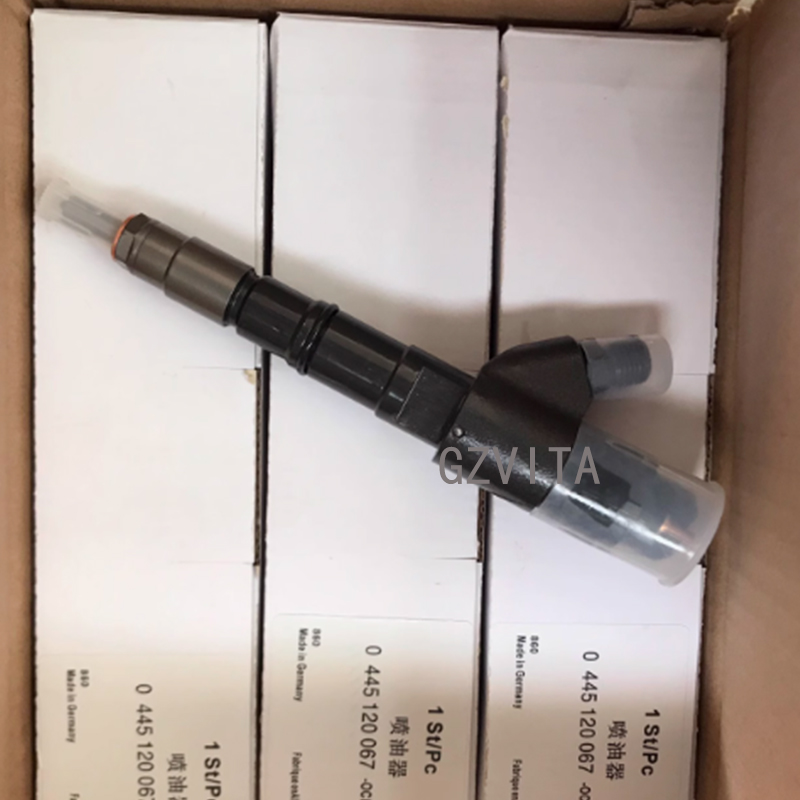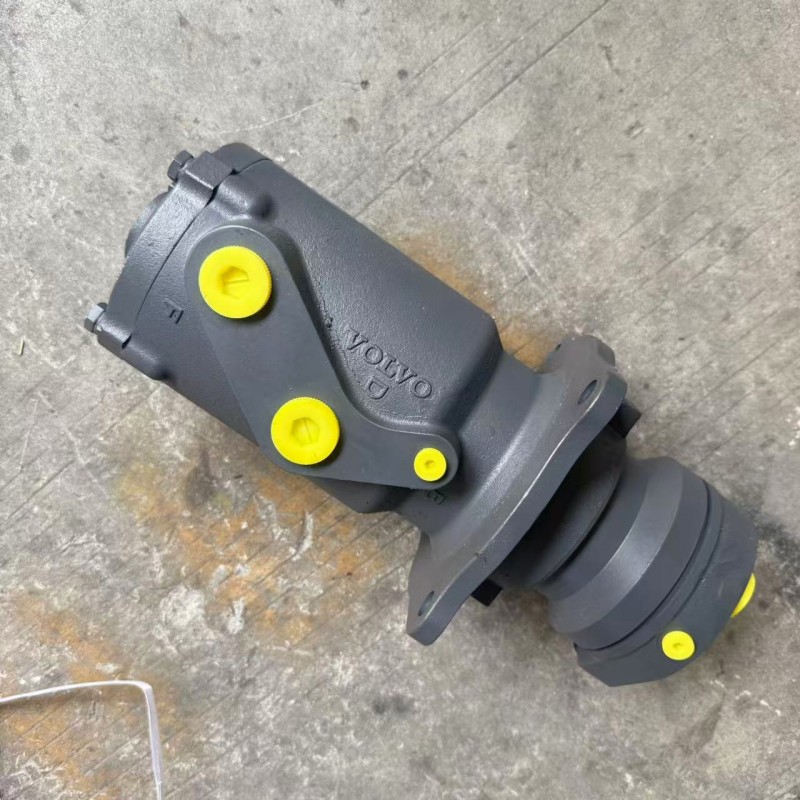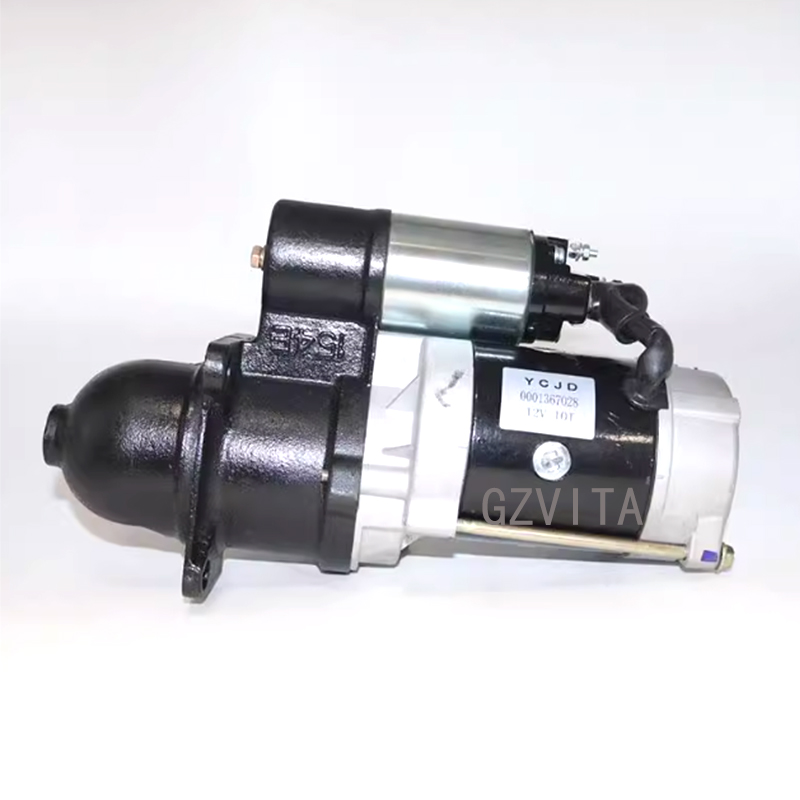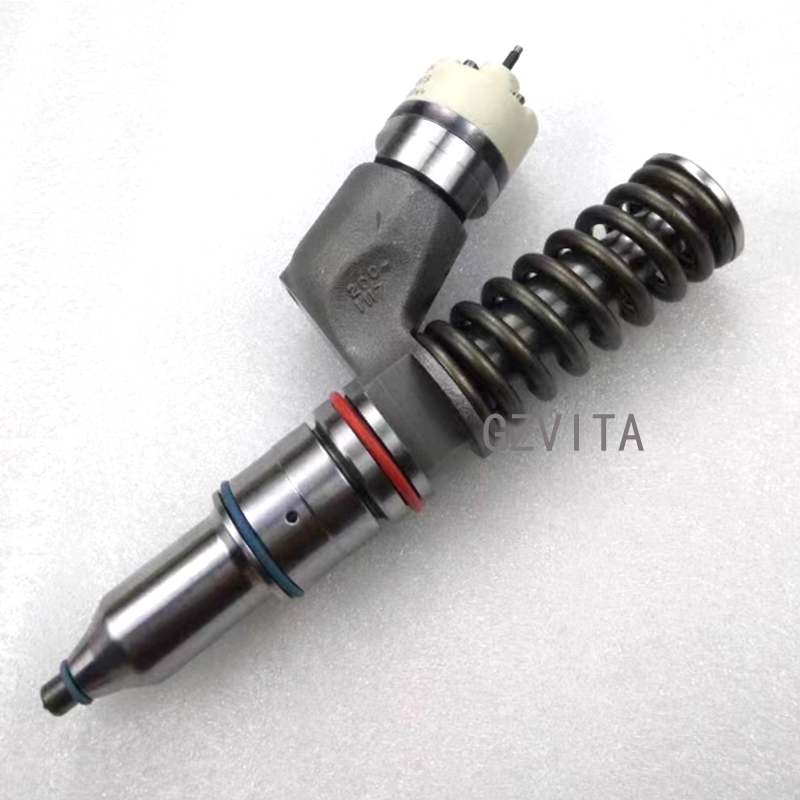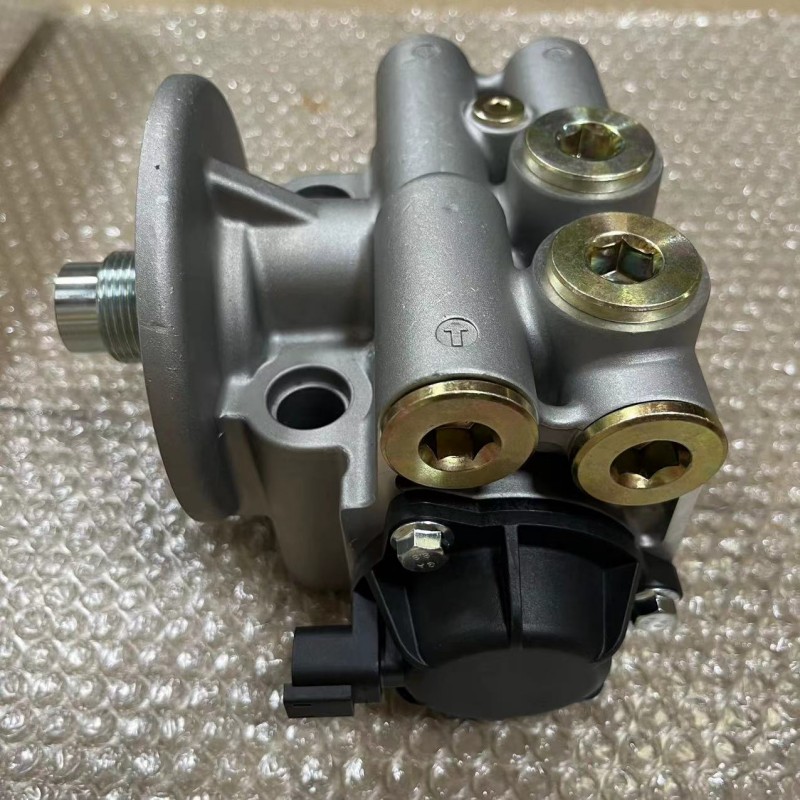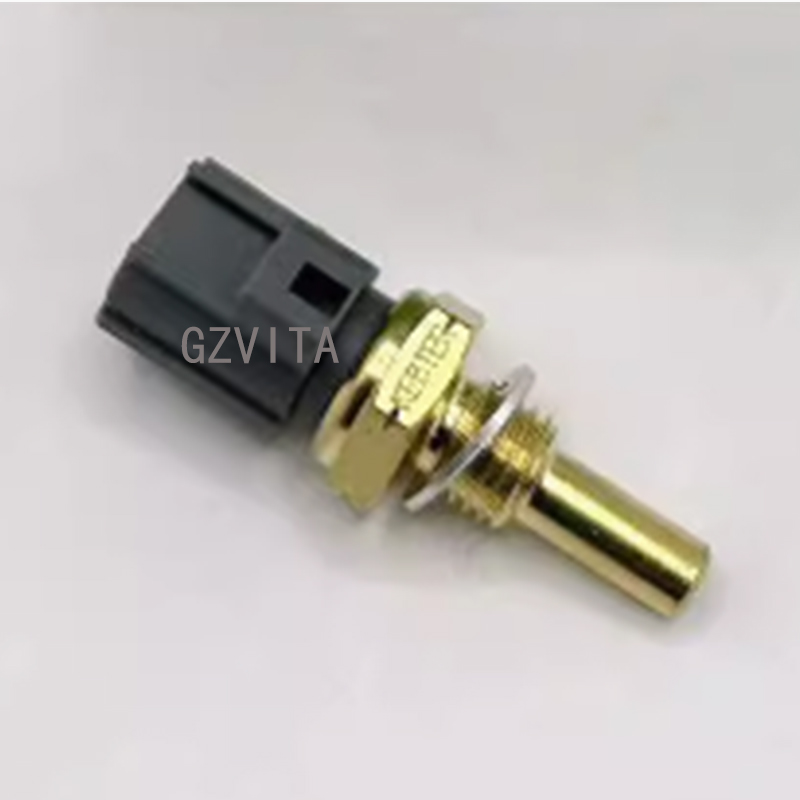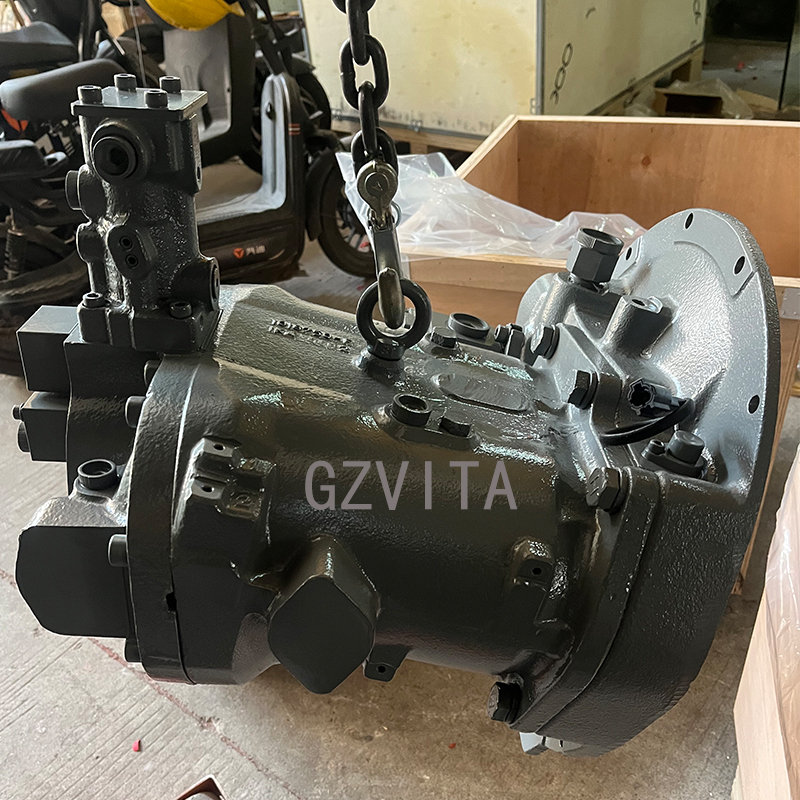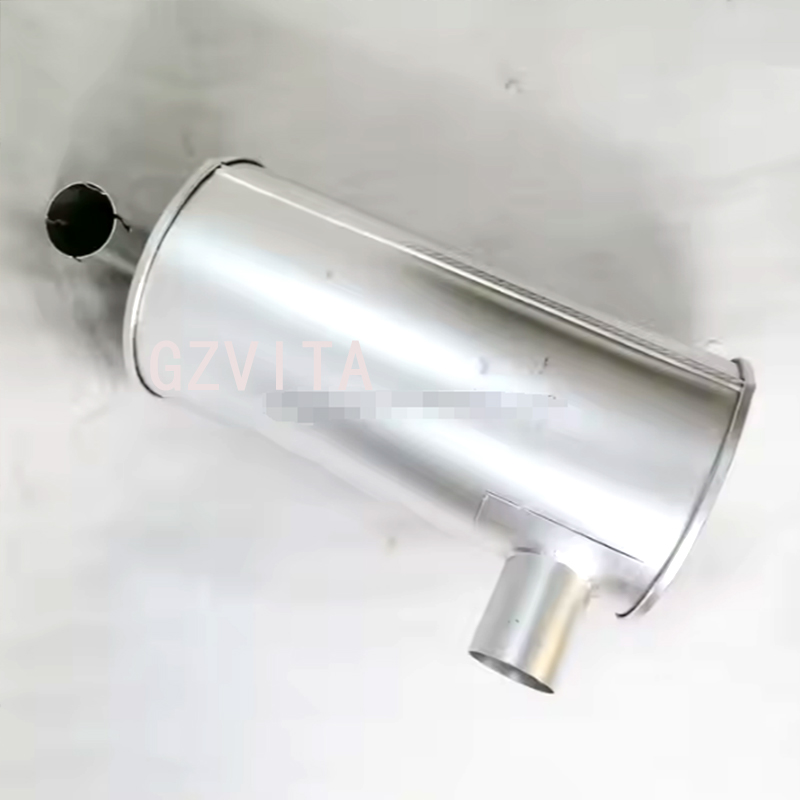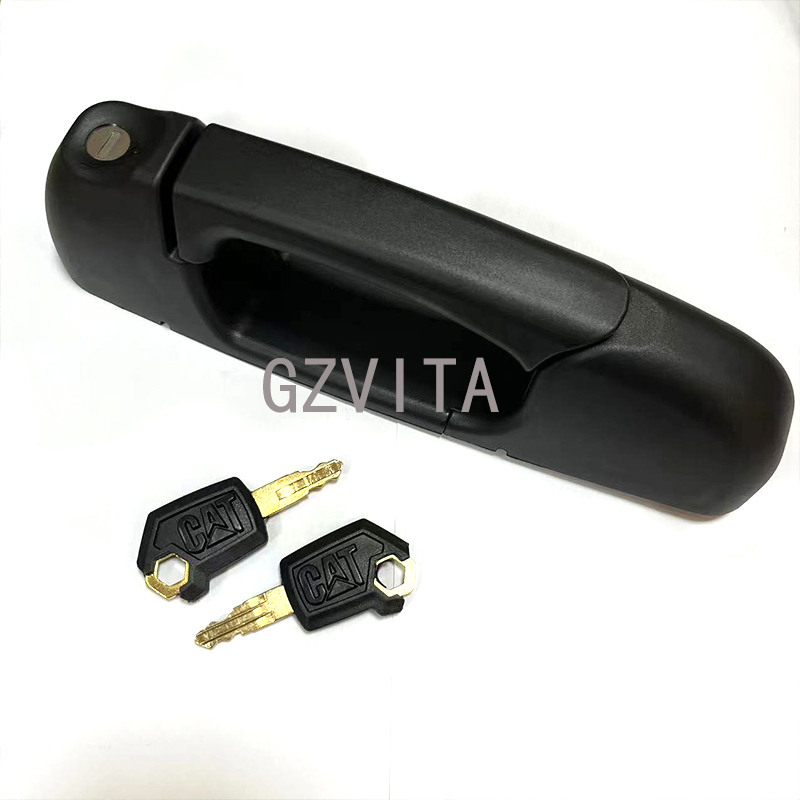 +86 13794985240
+86 13794985240
0429098 Common rail injector 0445120067 For Volvo Excavators 20798683 Nozzle
How to detect the common rail for an excavator?
Detecting the common rail injector on an excavator involves a series of steps that include visual inspection and possibly some testing.
Here’s a guide to help you identify and check the common rail injector:
1. Safety Precautions
Ensure the excavator is turned off and parked on a flat surface.
Engage the parking brake and wear appropriate personal protective equipment (PPE).
2. Locate the Common Rail Injector
Consult the Manual: Refer to the operator’s manual for the specific model of the excavator.
It will provide diagrams and information on the location of the common rail injector.
Visual Inspection: The common rail injectors are typically located on the engine’s cylinder head. Look for a rail (the common rail) that runs along the injectors, with each injector connected to it.
3. Identify the Components
Common Rail: This is a high-pressure rail that supplies fuel to the injectors. It is usually made of metal and has fuel lines connected to it.
Injectors: The injectors will be mounted on the cylinder head, with electrical connectors and fuel lines attached to them.
4. Inspect the Injectors
Check for Leaks: Look for any signs of fuel leakage around the injectors and the common rail.
Electrical Connections: Ensure that the electrical connectors to the injectors are secure and free of corrosion.
5. Testing the Injectors
Use a Multimeter: To check the electrical resistance of the injectors, disconnect the electrical connectors and use a multimeter to measure the resistance. Compare the readings to the specifications in the manual.
Injector Balance Test: If you have access to diagnostic equipment, perform an injector balance test to check the performance of each injector.
Check for Fault Codes: Use a diagnostic scanner to check for any fault codes related to the fuel system or injectors.
6. Listen for Operation
When the engine is running, listen for any irregular sounds that may indicate injector issues, such as knocking or excessive noise.
7. Consult a Professional
If you are unable to diagnose the issue or if the injectors need replacement, it may be best to consult a qualified mechanic or technician.



